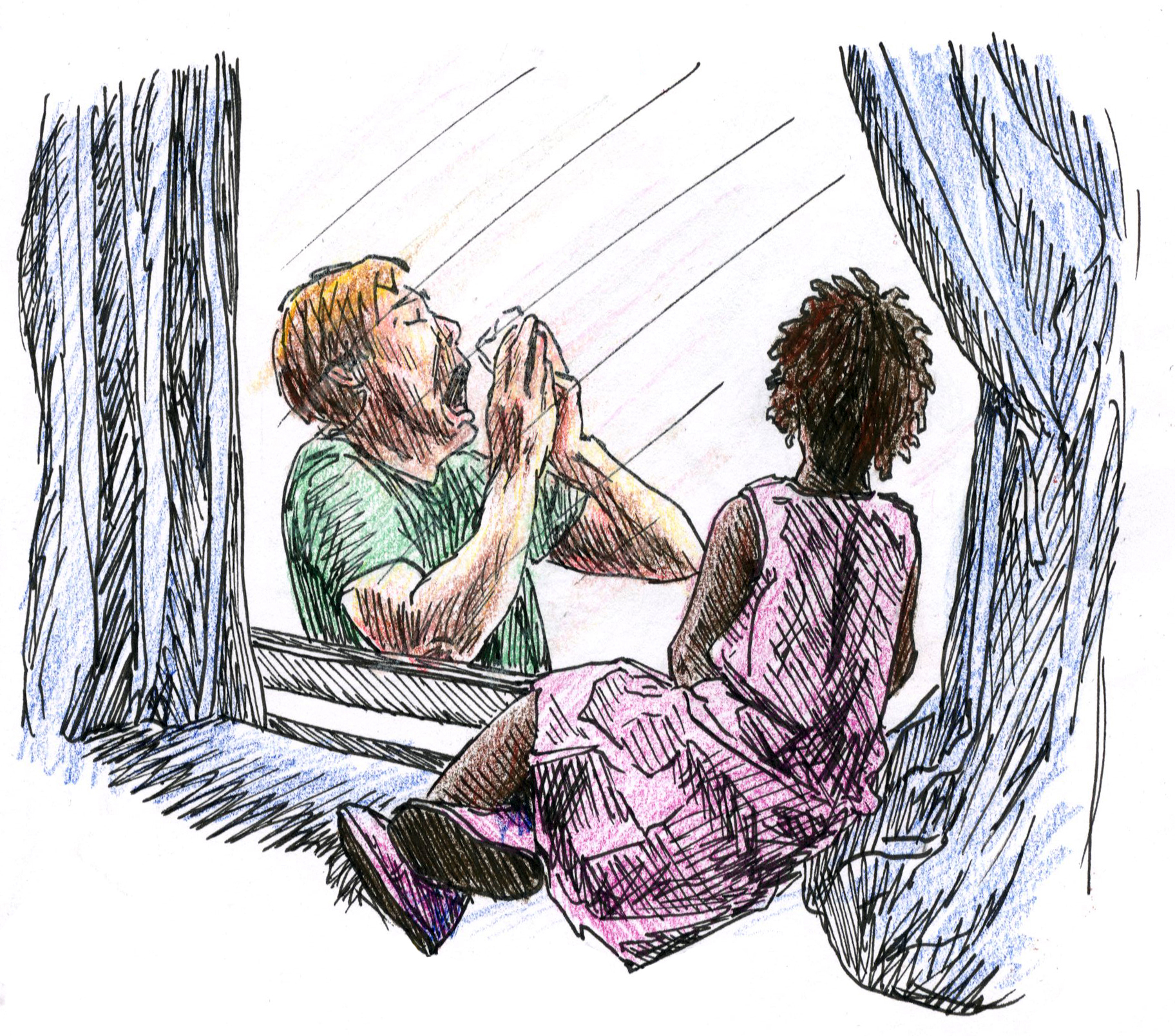
Reducing time spent in public places can mitigate the transmission of infectious diseases, according to a recently published Yale co-authored study.
The study, which examined “voluntary avoidance behavior” during the 2009 H1N1 swine flu epidemic, found that the average American spent roughly 22 extra minutes at home during the peak of the outbreak, thereby reducing the spread of the illness by 13 percent. Using data from the American Time Use Survey, researchers determined that avoidance behavior minimized the impact of the epidemic and may be critical in preventing the transmission of infectious disease, which carries larger implications for public health policy.
“We think it is important to understand how people adapt their behavior and what this means for the rate at which diseases burn through human populations,” said Nicolai Kuminoff, economics professor at Arizona State University and study co-author.
The study’s authors began by gathering data to test the hypothesis that people spent more time at home in order to avoid contracting swine flu, said Jude Bayham, study co-author and agricultural business professor at California State University, Chico. They formulated a regression model to examine the relationship between the time spent at home and the increase in the number of reported flu cases, he added.
Using the ATUS data — information gathered from a stratified random sample of Americans since 2003 that reports what individuals did throughout the day — researchers concluded that the average person spent more than 20 extra minutes at home during the peak of the epidemic in 2009. In contrast, the average individual spent 34.37 extra minutes at home during “extreme weather events” such as snowstorms.
“We found that in 2009, the epidemic was as mild as it would have been during any period before or after,” said Eli Fenichel, bioeconomics and ecosystem management professor at the Yale School of Forestry & Environmental Studies. “This tells us that people had to have been adjusting their behavior, because when we projected the same biology on the behaviors that existed in other time periods, the epidemic was worse.”
As a result of this voluntary adjustment of behavior, the swine flu outbreak was relatively contained compared to what it could have been during the peak point if people had not restricted their time outside the home, according to the researchers. The idea of “social distancing” policies, or the ways in which individuals change their behaviors to reduce risk of disease, could play an important role in public health policy, according to study authors.
According to Timothy Reluga, mathematics and biology professor at Pennsylvania State University, social distancing behaviors can range from the simple to the complex — such as washing hands, wearing masks, self-quarantine and even workplace and school closures.
“The general pro is that social distancing reduces the risk of infection for you and for other people,” Reluga said. “The con is that it’s human instinct to interact with others, and social distancing goes against this. It’s a cost of what makes us happy or not, and there are also direct monetary costs to staying home from work or school.”
Because social distancing carries both risks and benefits, researchers said they were motivated to examine voluntary behavior with the right baseline so that policymakers can develop more accurate estimates for the economic benefits of these policies.
According to Kuminoff, these findings suggest that medical researchers and policymakers should consider human adaptive behavior when developing health policies so that they can better account for the economic benefits of these policies.
“In terms of policy, this means that when we are evaluating costs and benefits of social distancing policies, we need to be careful to measure benefits against the proper baseline, which includes some voluntary avoidance behavior,” Bayham said.
But Fenichel said that the implementation of such policies should vary for different epidemics.
This study also carries implications for average members of the population and the way that they respond to the risk of disease. In worrying about their personal risk and taking precautions by staying inside, individuals actually reduced the spread of the swine flu, according to the study.
“In some of our theoretical models, we’ve shown that people choosing what’s best for them could actually work better than trying to get everyone to behave the same,” Fenichel said. “People are different and will make different decisions in regard to what’s best for them and have the least disruption for them personally.”
Bayham and Fenichel are continuing their work on this topic with research into other forms of social distancing, Fenichel said.
The study was published in Proceedings of The Royal Society B on Oct. 28.







